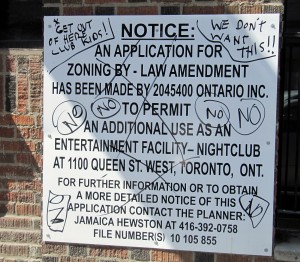Here are last week’s published decisions involving local governments:
Second Circuit
- Raspardo v. Carlone, No. 12-1686 (Oct. 6, 2014): In 1983 Title VII employment discrimination case brought by female police officers alleging hostile work environment and disparate treatment, the court affirmed denial of qualified immunity for one officer on hostile-work-environment claim, and reversed denial of qualified immunity for other officers.
- Sunrise Detox V, LLC v. City of White Plains, No. 13-2911 (Oct. 2, 2014): In case in which City denied request for facility to provide care for those recovering from alcohol and drug abuse because facility did not satisfy zoning requirements, the court affirmed district court’s determination that it lacked subject-matter jurisdiction over ADA suit. Suit was not ripe because applicant had not sought variance or appealed the zoning decision.
- Grogan v. Blooming Grove Volunteer Ambulance Corps, No. 13-656 (Sept. 29, 2014): The court affirmed dismissal of 1983 action after it determined that private emergency medical care and general ambulance services contracted for by municipality do not constitute “state action.”
Seventh Circuit Continue reading

